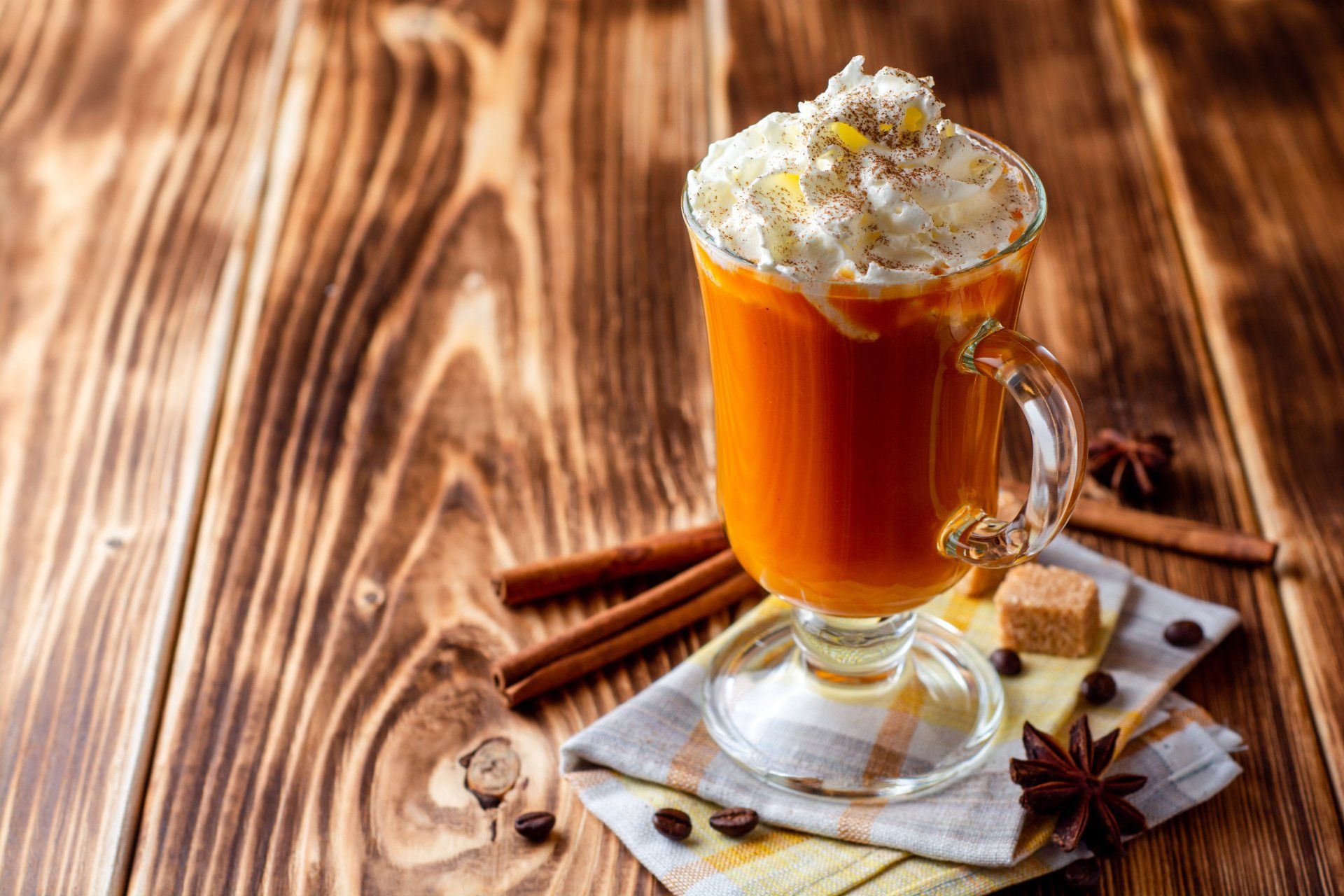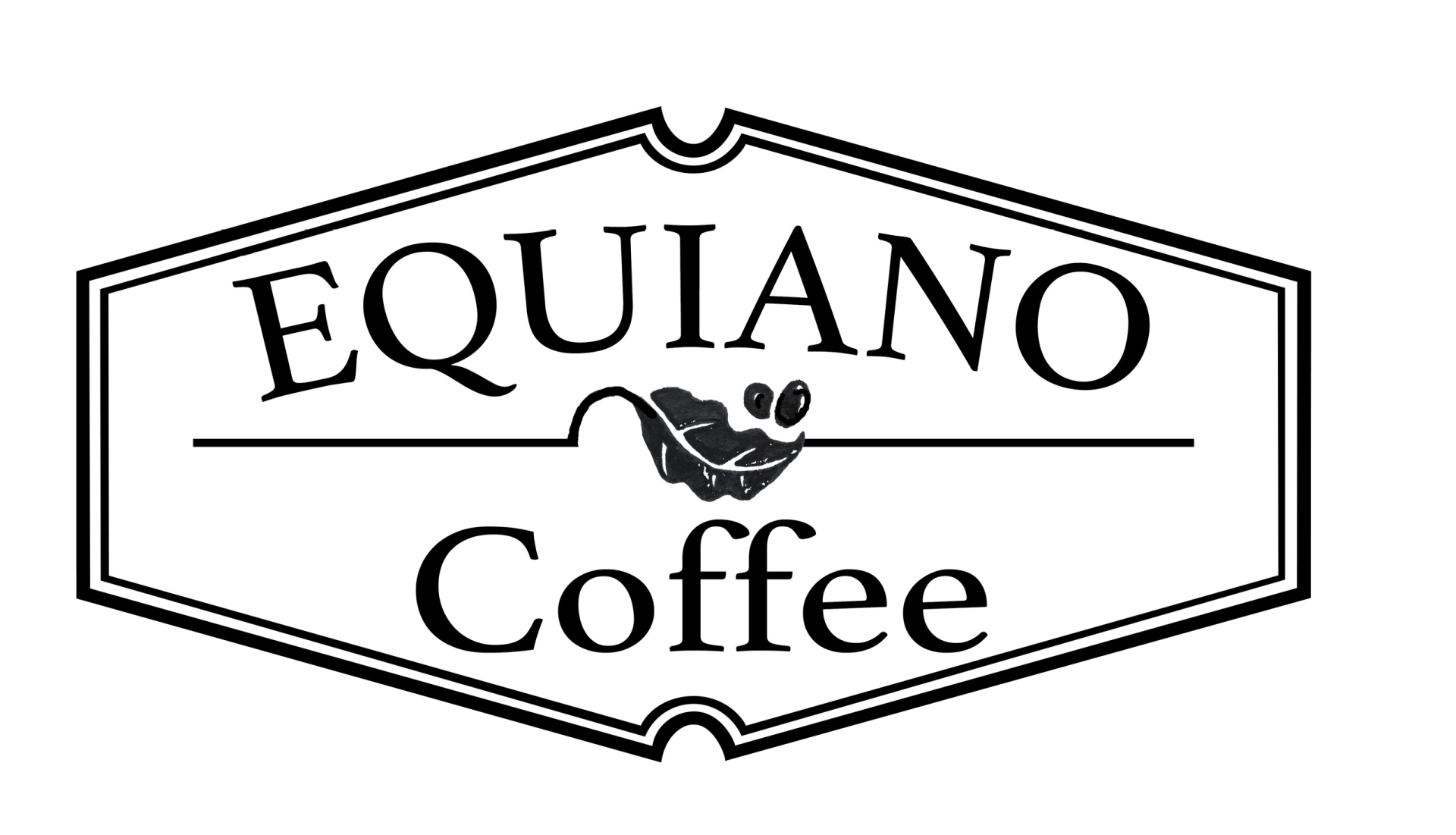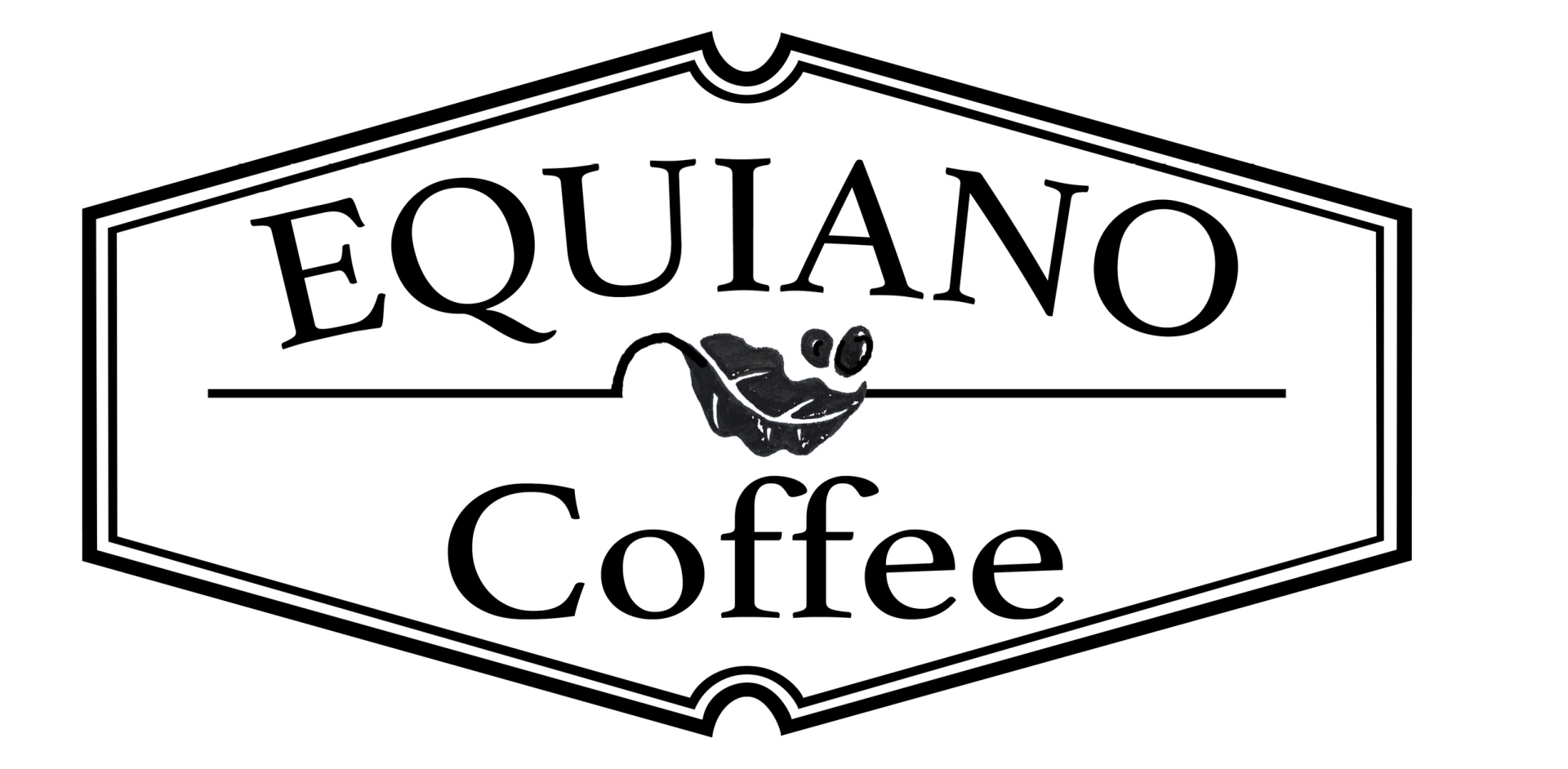How Much Caffeine Is in My Coffee? A Guide to Different Roasts
As delicious and satisfying as coffee is, most people reach for that cup of coffee because they want a caffeine fix. And when it comes to caffeination, all coffees are not created equal. If you are trying to watch your intake, you might wonder, “How much caffeine is in my coffee?” And the answer might surprise you.
At Equiano Coffee , we take our brewing seriously. We roast each batch to bring out the best flavor and aroma from our gourmet beans. So no matter which coffee you purchase from us, you will be getting the highest quality possible. To keep yourself caffeinated, check out our shop today.
First, What Is Caffeine?
Caffeine is a stimulant that occurs naturally in some plants. Although its association is mostly with coffee, caffeine is also in tea and cacao plants. It travels through the gut into the bloodstream and then to the liver, where it breaks down further. But its main impact is on the brain.
Caffeine works on the nervous system to help suppress feelings of tiredness. Specifically, it interferes with the brain’s receptors for adenosine, a neurotransmitter.
Adenosine naturally accumulates in the body as the day goes on. When it connects to the receptors in the brain, it acts as a depressant and leads to feelings of sleepiness.
Caffeine gets in the way of this process. It connects to the same receptors but doesn’t activate them the way adenosine does. So, caffeine isn’t really giving you a burst of energy. It’s blocking the thing that makes you feel tired.
Regardless of how caffeine works, most of the world is happy with its benefits. Roughly 80% of people around the world have at least one caffeinated beverage each day. Since brewed tea first made its appearance about 2700 BC, it’s no wonder that caffeine is so prevalent. It’s had a long time to percolate, so to speak.
How Much Caffeine Is In My Coffee? It Depends

Many coffee drinkers are confident that the caffeine in dark roast beans is higher than in other roasts. We’re about to burst that bubble.
Spoiler alert! The level of roast has no significant impact on caffeine amounts.
There are a couple of ways to break down the caffeine content, but the first involves the coffee plant itself.
Robusta Plant
Robusta coffee plants are easier to grow, and their beans have twice the caffeine of Arabica beans. These facts might make you think that they must be the best type of coffee bean.
However, if they come from a farm with excellent growing conditions, Robusta beans can make for a delicious cup of coffee. And since they are less expensive to produce, Robusta beans help roasters create coffee at a lower price-point. This option means more people can enjoy gourmet coffee.
Arabica Plant
Of the two coffee plants, Arabica has a better reputation. These beans tend to have a smoother, more fully-developed flavor. However, they also have only half the caffeine of their counterpart.
Even with the lower caffeine levels, Arabica beans make up a significant portion of the world’s coffee market.
Preparation Method Matters
Knowing the type of coffee plant helps you answer the question, “How much caffeine is in my coffee?” But the other crucial piece of the puzzle is the brewing method.
Different types of preparation rely on varying grinds and temperatures. Both of these factors impact the caffeine extraction for your cup of coffee. In short, the finer the grind, the greater the extraction. Similarly, the hotter the water, the more caffeine it pulls.
Here is how different brewing methods stack up for your caffeinating needs. We list them from lowest to highest caffeine content for a typical serving size. Actual caffeine amounts will vary within each method based on time of brewing and water temperature.
French Press
The plunger or French Press style of coffee maker is extremely popular all around the world. Although it is an immersion method of brewing, it extracts the lowest caffeine levels. This is due primarily to the coarse grind a French press requires. About 80mg per serving.
Drip Coffee
The automatic coffee makers that many of us grew up seeing on our kitchen counters are adequate caffeine extractors. They rely on a medium-coarse grind, so that puts them in the average range right off the bat.
In addition, automatic brewers do not get the water as hot as needed for other methods. Even a slight reduction in water temperature leads to a reduced caffeine extraction.
Single-cup machines, such as Keurig, fall into this category, as well. So, yes, drip coffee will give you some caffeine. But it is certainly not the top dog. About 100mg per serving.
AeroPress and Pour-Over
The pour-over technique pulls out high levels of caffeine. The high temperature of the water combines with the slow pour to allow more of the stimulant into your cup of java. About 145mg per serving.
What About Espresso and Cold Brew?

Although plenty of coffee drinkers swear that espresso is much higher in caffeine, the facts say otherwise. When you look at typical serving sizes, espresso is the loser in this contest.
A standard one-ounce shot of espresso has about 45mg of caffeine. A traditional eight-ounce cup of drip coffee, however, has around 100mg.
Now, if you chose to drink several shots of espresso, you’d surpass that cup of drip-brewed joe. But under normal circumstances, espresso offers you less caffeine. However, aficionados know that there is much more to a fabulous cup of espresso than just the caffeine content.
Cold brew presents a bit of a puzzle. Because it does not use hot water, it immediately falls behind in caffeine extraction. However, it also has time on its hand. It typically has 24-48 hours to work its magic before consumption.
In its concentrated form, cold brew ranks a little higher than drip coffee. But, a cold brew serving is rarely concentrated. Generally, people add milk or water to dilute it, making the drink lower in caffeine.
Start With the Best Beans
No matter how you brew it, your coffee should begin with the best beans possible. At Equiano Coffee, we work hard to provide you with an excellent product. We take time to learn about the farmers we buy from, and we trust their growing methods.
We have total confidence in the coffee we offer at Equiano, and it’s an honor to be your roaster. Reach out today to shop for your next bag of coffee.










All Rights Reserved | Equiano Coffee | Powered by Uyo Digital Marketing

